How to lay cable in trays
Requirements of Norms and Rules
In this case, the laying of power cables requires compliance with the PUE (Chapters 2.1., 2.3, for example, clauses 2.1.15 and 2.1.16, clauses 2.3.122-2.3.133), SNiP (3.05.06-85), a number of relevant state standards, and should also be carried out in accordance with a carefully designed project. The main task of specialists who will carry out the installation of wires on trays and boxes is to strictly follow the drawings of the project for the installation of electrical wiring. The designer must take into account all the norms and rules, choose a tray according to the design features, material, protection index according to IP.
In addition, according to GOST, it is necessary to develop a plan for laying the cable in the boxes (that is, whether they will go in single wires, bundled, etc.). After that, the corresponding project documentation is compiled to obtain permission to carry out work on installing the power cable in the necessary instances.
Only specific organizations may have access to such projects, having all the necessary documents to carry out these works.
Installation instructions
Cable laying is performed both singly and in several layers. You can also let them go by collecting them first in bundles and packages. When laying in rows, a distance of five millimeters between the live parts is necessary, in other cases, this distance increases four times (20 mm). For a multilayer version, the gap can be neglected. When laying cables in a bundle, the presence of more than twelve wires is unacceptable. At the same time, the radius of the beam should be no more than 10 cm.
If you plan to lay the wires horizontally in the tray, you need to collect them in bundles, maintaining a distance of 4.5 meters between the bundles. By the way, in this case, it is possible to neglect the assembly of cables into bundles if the sections are horizontal and straight. If stacked vertically, then a linking step of at least one meter is required.
When the structure is assembled and it has been mounted on the floors, a specialized cord is used to measure the distance of the cable route for subsequent cutting of live parts. After this operation, all the cores are completed in bundles and marked with tags. When the wires are laid in the tray and assembled into a circuit, you need to check it with a trusted multimeter for breaks, as well as measure insulation resistance with a megohmmeter.
In order not to damage the cable, the temperature required for its installation is required. If the indicator is -15 degrees Celsius and above, laying can be carried out without heating. If the range ranges from -40 to -15 degrees, heating is necessary, and at a lower temperature mode, laying operations are unacceptable.
The cable should be laid in the tray in such a way that a certain margin in length is provided. It is needed in order to compensate for changes in the length of the wire due to temperature fluctuations. In this case, the entire cable with the appropriate margin should lie straight, since it is not allowed to conduct it with the presence of turns and rings.
If laying in an open space, such as on a street along a wall, the inevitable heating from solar exposure must also be taken into account. In this case, additional screens are installed to protect from sunlight.
When installing, you must strive to ensure that the trays are solid. That is, it is necessary to minimize the various sections on overpasses in complex installation sites. The cable, regardless of the technical characteristics of the mounting supports, must be installed and secured at their extreme points, as well as on couplings, line turns and other connection points.
When installing the cable in the tray, it is necessary to take into account and compensate for the possible deformations due to:
- mass cable;
- mechanical stresses determined by the temperature difference;
- magnetic actions that are possible with short circuit.
If the cable line will intersect with the pipeline, it is necessary to maintain a distance between the tray and pipes of at least 5 cm. With parallel installation of conductors and the pipeline, the distance between communications should be at least 10 cm. At the same time, the distance to the gas pipeline must be at least 25 cm. Read more these values are described in the EMP Chapter 2.1. Sec. 2.1.56, 57, Chapter 2.3., Sec. 2.3.86, 88, 95, 134 and others.
When laying the wires, you need to fill no more than half the volume of the tray. This is necessary for:
- easy access for repair and maintenance of the line;
- the possibility of air cooling wiring.
It is necessary to make sure that when laying the wires in the tray they have good metal contact, since it is most often possible to lay the ground, connecting only to the extreme points of the cable connection.
Lines in a residential building must be set at least two meters from the floor. However, if the room is designed to work in it personnel who have undergone appropriate training, the installation height does not play a role.
The installation method for wiring on electric trays and boxes is selected based on the absence of moisture and condensation inside them. If the installation is performed in an open space, then for such a laying, boxes with a removable cover are needed, which serves to provide quick and easy access from the cable. In enclosed spaces it is permissible to use one-piece ducts for live parts of the circuit.
So we examined how the cable should be laid in trays and boxes. We hope our installation instructions were useful for you and now you know how to lay the wires in the cable tray correctly!
It will be useful to read:

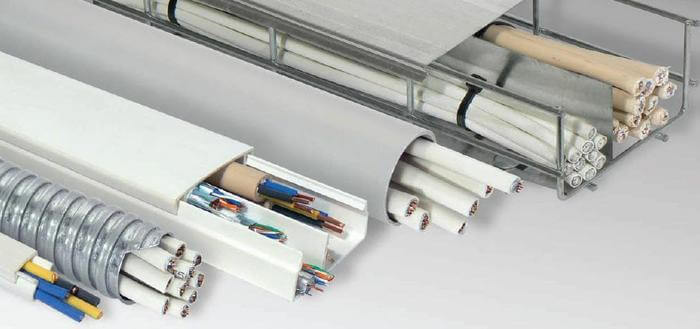

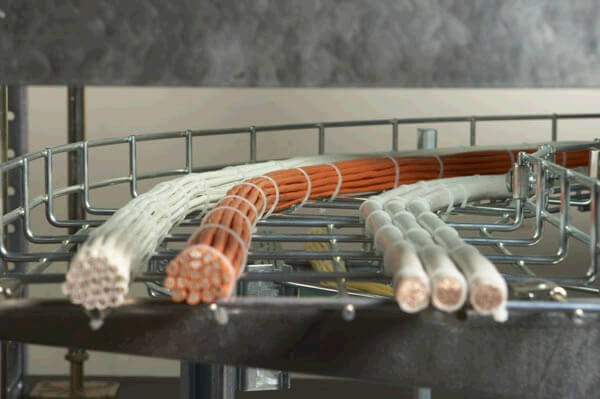
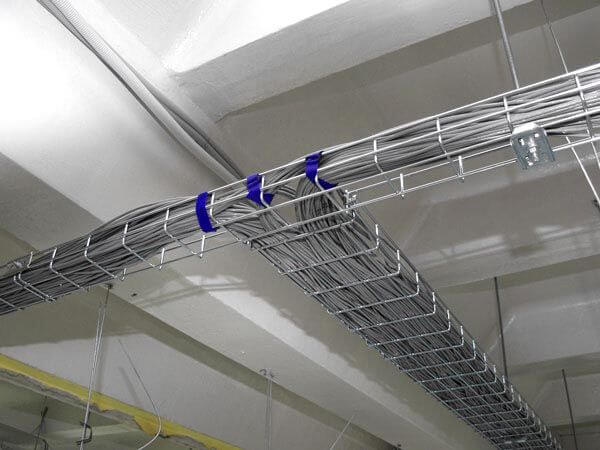
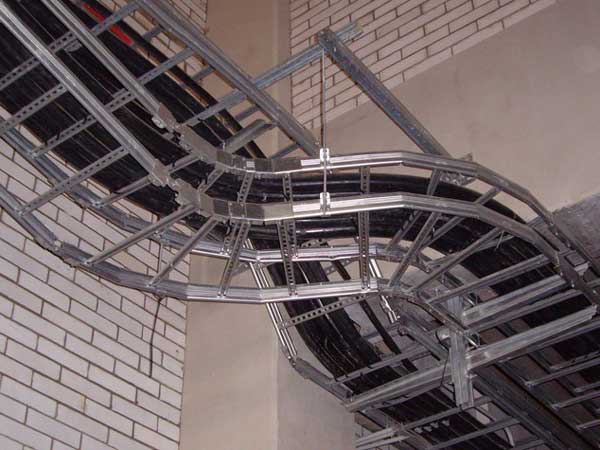

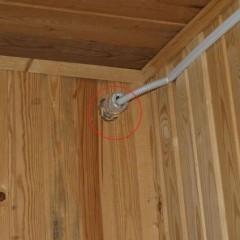
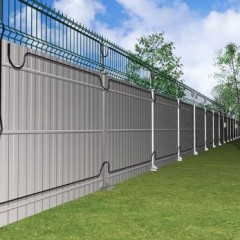
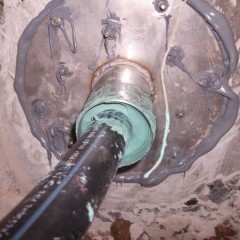

Is it possible to mount cable lines close to each other, provided that the cable lines are laid in a PVC corrugation in a galvanized cable tray? Is the distance between the corrugations in the trays normalized by something?
Well, if the distance when laying the cable in several layers is actually not standardized, then there can be no talk of laying norms in PVC pipes on the tray ...